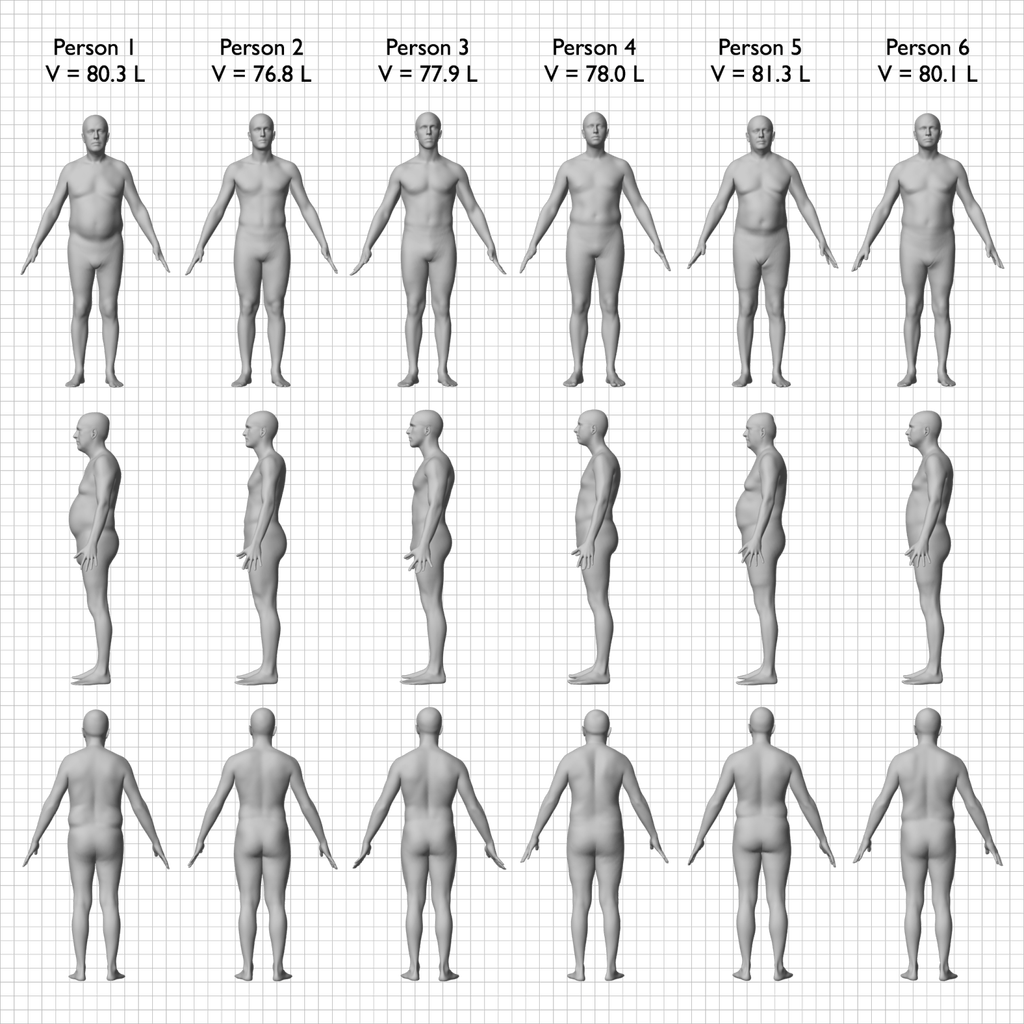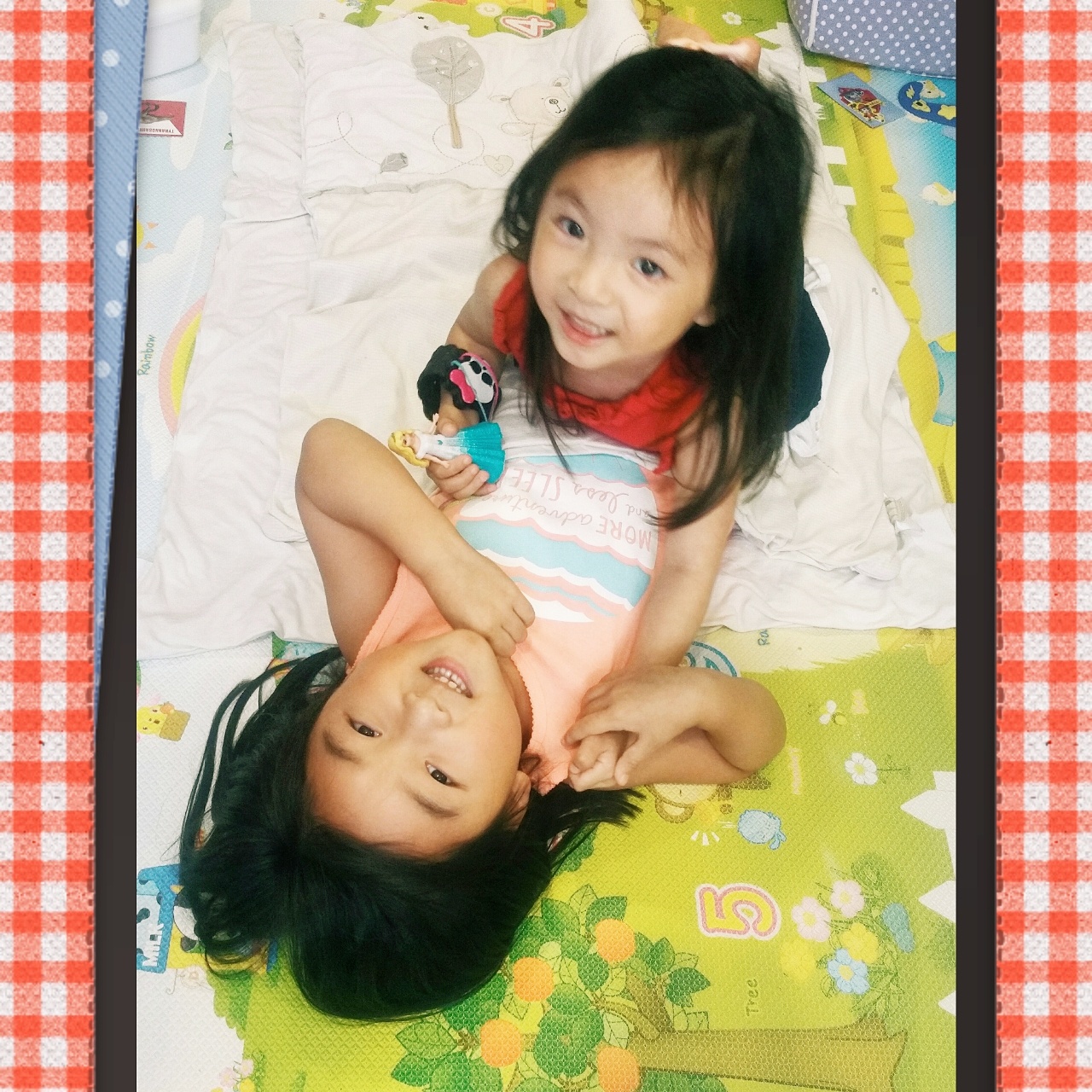Twitter user @strnks has dreamed up a dark and twisty alternate ending to the show Friends:
My proposal for how hit 90s TV sitcom Friends should have ended. pic.twitter.com/S7D3j2E3z5— Xenophon Moscrop (@strnks) August 24, 2015In case you can't read/make out what's in the embedded image, it says:I'd have ended Friends by revealing it was all the meth-addled fantasy of a homeless Phoebe as she stared through the window of Central Perk.Every kooky aside, every episode she made everything about her, every instance of how much of an outsider she was... Continue reading




